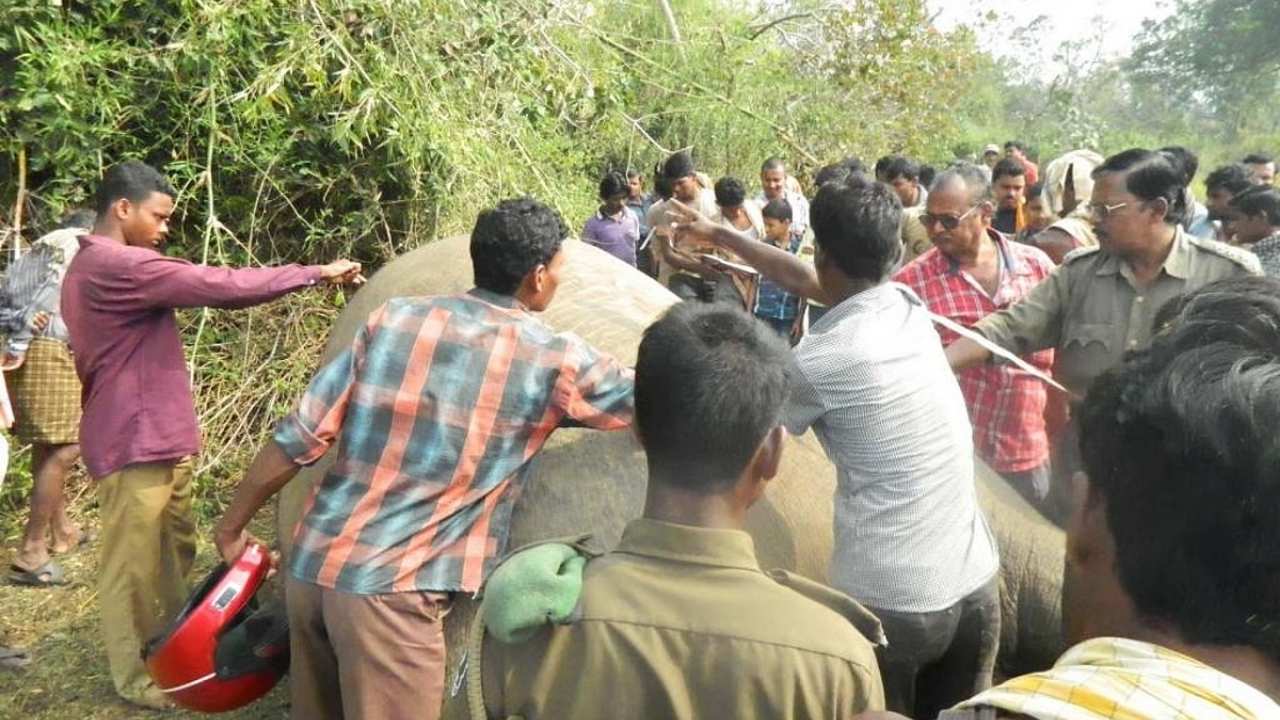In recent years, the Mahatma Gandhi National Rural Employment Guarantee Scheme (MGNREGS) has played a critical role in providing livelihoods to rural families across India. However, it has also been plagued by fraudulent activities, particularly involving fake job cards. In Odisha, the state government has taken major steps to address this issue by identifying and removing thousands of fraudulent job cards. This crackdown on fake MGNREGS job cards not only strengthens transparency but also ensures that the benefits reach the people who need them most. In this article, we’ll explore how this initiative works, the measures taken by the government, the impact on the state’s economy, and the long-term outlook for MGNREGS.

Odisha’s Crackdown on Fake MGNREGS Job Cards
| Key Information | Details |
|---|---|
| Fraudulent Job Cards Removed | Over 1.44 lakh fake job cards removed in the past three years (2022–2025). |
| Impact of Deletions | Estimated savings of ₹4,000 crore annually by eliminating fraudulent beneficiaries. |
| Aadhaar Seeding Initiative | Job cards are now linked to Aadhaar numbers for better identification and verification. |
| Technological Measures | Real-time tracking of work attendance using platforms like National Mobile Monitoring System (NMMS). |
| Major Fraud Detection Example | Jagatsinghpur district’s Naugaon block saw inflated records showing workers engaged for six days instead of one. |
| Official Reference | Official PIB Press Release (for further official updates). |
Odisha’s crackdown on fake MGNREGS job cards is a crucial step towards restoring integrity to the program and ensuring that benefits reach those who need them most. The use of technology, Aadhaar seeding, and regular audits are powerful tools in the fight against fraud. With these measures in place, the state is setting an example for others to follow. As a result, MGNREGS is now more transparent, efficient, and trustworthy, ensuring the livelihoods of rural workers across India.
Introduction to MGNREGS and Its Importance
The MGNREGS is a flagship rural employment program launched in 2005 by the Government of India. It aims to enhance the livelihood security of rural households by providing at least 100 days of wage employment to adult members of rural families who volunteer to do unskilled manual labor. It’s a lifeline for millions of families, offering financial support and work during lean agricultural periods. But like any major program, it has faced challenges. One of the most significant issues has been the misuse of the scheme through fake job cards.
The Rise of Fake Job Cards
In India, particularly in states like Odisha, there have been widespread reports of fraudulent job cards being created and used by unscrupulous individuals. These fake cards are often linked to ghost workers—people who don’t exist or aren’t part of the rural community. The fraudsters then claim wages for work that was never done. In many cases, local officials or middlemen may pocket the money intended for workers.
To put it in perspective, these fake job cards have cost the Indian government millions, draining resources that could have been better utilized for genuine workers. The situation in Odisha became so severe that the state had to take drastic action to clean up the system.
Odisha’s Crackdown on Fake Job Cards
Odisha has been one of the states most affected by the fake MGNREGS job card issue. Over the past three years, the state has made remarkable progress in identifying and deleting fake cards. According to the Union Ministry of Rural Development, 1.44 lakh fake job cards have been deleted across the state from 2022 to 2025.
In fact, in the 2024–25 financial year alone, Odisha managed to remove 7,566 fake job cards. This comes on the heels of significant deletions in the previous years: 22,264 job cards in 2023–24 and a whopping 1,14,454 job cards in 2022–23.

Key Steps Taken by Odisha to Combat Fake Job Cards
Aadhaar Seeding: A Game Changer
One of the most important steps taken by the Odisha government has been the Aadhaar seeding initiative. By linking MGNREGS job cards with Aadhaar numbers, the government ensures that every cardholder is a legitimate individual. This step has helped eliminate duplicate and fake entries, making it harder for fraudsters to create ghost workers.
Aadhaar seeding also allows the government to verify the identity of job cardholders quickly and accurately. If any discrepancies arise, they can be flagged for further investigation.
Regular Audits and Inspections
To further ensure the authenticity of records, the Odisha government has been conducting regular audits and inspections. These audits, both internal and through social audits, examine whether the work reported on paper matches the actual work carried out. The audits help in tracking suspicious activities, ensuring accountability, and addressing discrepancies before they lead to fraudulent payments.
Technological Monitoring: Real-time Oversight
Gone are the days when fraudulent activities could go unnoticed for long. With the advent of digital platforms like the National Mobile Monitoring System (NMMS), Odisha has adopted real-time tracking for MGNREGS workers. Using mobile phones, attendance, work progress, and payments are now monitored. This system sends alerts if there is any inconsistency, preventing false claims from being made. It’s a game-changer for ensuring transparency and accountability.
Detection of Fraud in Jagatsinghpur’s Naugaon Block
An example of the kind of fraud that has been caught through the crackdown comes from the Jagatsinghpur district. In the Naugaon block, records were manipulated to show workers engaged for six days when they had only worked for one. This fraudulent entry resulted in inflated bills and unauthorized payments being made to intermediaries. With the government’s careful inspection and audit, these irregularities were flagged and rectified, saving significant funds.
Impact of the Crackdown
The effort to clean up MGNREGS has already shown positive results. By eliminating these fake job cards, Odisha has saved a lot of money. Experts estimate that the state could save up to ₹4,000 crore annually by removing fraudulent beneficiaries. This money can now be directed to genuine workers, helping rural families who truly need financial support.
Moreover, this move to weed out fake job cards is expected to restore public trust in the program. When people see that the system is working, they will be more inclined to participate, increasing the number of genuine workers receiving their rightful wages.
What This Means for the Future of MGNREGS
The crackdown on fake job cards in Odisha is just one step in the broader fight to ensure that MGNREGS benefits the right people. Moving forward, there will likely be increased efforts to digitize records, use biometric verification, and leverage artificial intelligence (AI) to track discrepancies and prevent fraud. If this momentum is maintained, other states might follow Odisha’s example, leading to a more transparent and effective national rural employment scheme.
Odisha Government Greenlights Two New OISF Battalions: 1,944 New Jobs Created!
OTET-2025 Candidates Express Outrage After Exam Cancellation Due to Paper Leak
Odisha BJP Asserts Opposition Lacks Moral Authority on Women’s Issues
FAQs
1. How does fake job card fraud affect MGNREGS?
Fake job card fraud drains resources from the program, resulting in funds meant for genuine workers being misappropriated by fraudsters. It undermines the effectiveness of MGNREGS and reduces the benefits reaching rural households.
2. How are fake job cards identified?
Fake job cards are typically identified through audits, investigations, and technology tools such as Aadhaar seeding and real-time mobile monitoring. Suspicious records are flagged for verification.
3. What are the key reforms introduced by the Odisha government?
Odisha has introduced several reforms, including Aadhaar seeding for job cards, regular audits and inspections, and real-time monitoring of work progress using the National Mobile Monitoring System (NMMS).
4. How much money has Odisha saved through this crackdown?
Odisha is expected to save approximately ₹4,000 crore annually by eliminating fraudulent beneficiaries and redirecting the funds to legitimate workers.
5. What can other states learn from Odisha’s efforts?
Other states can adopt similar measures, such as Aadhaar seeding, digital tracking, and regular audits, to curb fraud and increase the transparency and effectiveness of the MGNREGS.





